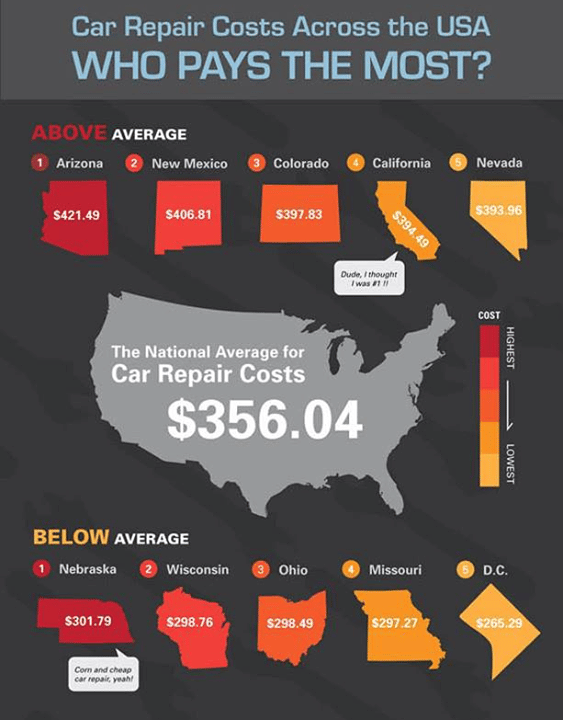Wondering Regarding The Definition Behind Those Control Panel Caution Lights? Gain Understandings Into Their Effects For Your Car'S Safety And Maintenance
Wondering Regarding The Definition Behind Those Control Panel Caution Lights? Gain Understandings Into Their Effects For Your Car'S Safety And Maintenance
Blog Article
Web Content Composed By-Boye Forbes
When you're behind the wheel, those beautiful warning lights on your control panel can be a little bit complicated. Do you understand what they're attempting to inform you regarding your cars and truck's wellness? Recognizing the significance of these lights is vital for your safety and the long life of your automobile. So, the next time one of those lights pops up, wouldn't you want to decode its message properly and take the required steps to address it?
Common Caution Lighting and Interpretations
Determine common warning lights in your automobile and understand their definitions to ensure risk-free driving.
One of the most typical caution lights include the check engine light, which signifies problems with the engine or exhausts system. If https://oilchangeservicenearme84940.bloggerchest.com/32010298/evaluate-your-vehicle-s-demands-to-locate-the-excellent-automobile-detailing-solution-for-you-however-which-factors-will-absolutely-influence-your-decision comes on, it's vital to have your car checked immediately.
The oil stress warning light indicates low oil stress, requiring immediate focus to stop engine damages.
A flashing battery light might recommend a defective charging system, possibly leaving you stranded if not resolved.
The tire pressure tracking system (TPMS) light alerts you to low tire pressure, affecting automobile security and gas efficiency. Ignoring this can result in dangerous driving problems.
The abdominal light indicates a problem with the anti-lock stopping system, endangering your capability to stop rapidly in emergency situations.
Last but not least, the coolant temperature level cautioning light warns of engine getting too hot, which can lead to extreme damage otherwise resolved promptly.
Comprehending https://motor-vehicle-chassis07384.bloggerswise.com/39207258/exactly-how-to-select-the-right-cars-and-truck-explaining-service-for-your-requirements will certainly assist you deal with issues promptly and maintain risk-free driving problems.
Relevance of Prompt Focus
Comprehending the common caution lights in your auto is just the very first step; the value of quickly dealing with these warnings can not be stressed enough to ensure your safety and security on the road.
When a warning light illuminates on your control panel, it's your vehicle's method of communicating a potential problem that requires interest. Overlooking recommended you read can cause extra severe issues down the road, endangering your safety and potentially costing you a lot more in repairs.
Motivate interest to advising lights can prevent breakdowns and mishaps. For just click the next article , a blinking check engine light might show a misfire that, if left neglected, can trigger damages to the catalytic converter. Addressing this promptly can conserve you from a costly repair.
In a similar way, a brake system cautioning light might indicate low brake fluid or worn brake pads, critical parts for your security when driving.
DIY Troubleshooting Tips
If you see a warning light on your dashboard, there are a few DIY repairing ideas you can attempt prior to seeking specialist aid.
The first step is to consult your vehicle's manual to understand what the specific warning light indicates. In some cases the problem can be as easy as a loosened gas cap activating the check engine light. Tightening the gas cap may fix the problem.
An additional usual issue is a low battery, which can set off numerous cautioning lights. Examining the battery links for corrosion and guaranteeing they're protected might fix the issue.
If a warning light continues, you can attempt resetting it by separating the auto's battery for a few minutes and afterwards reconnecting it. Furthermore, checking your car's fluid levels, such as oil, coolant, and brake fluid, can assist repair warning lights related to these systems.
Final thought
Finally, comprehending your automobile's warning lights is crucial for maintaining your car running efficiently and securely. By quickly addressing these signals and knowing what they imply, you can prevent pricey repair work and prospective break downs.
Bear in mind to consult your auto's handbook for certain information on each cautioning light and act accordingly to ensure a hassle-free driving experience.
Stay informed, stay secure on the road!
